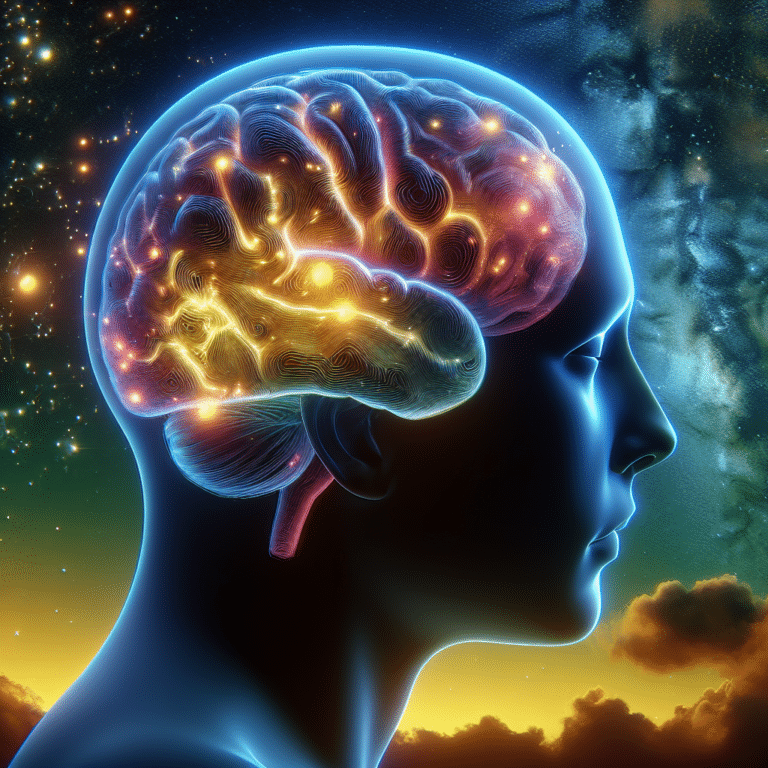Scientists have discovered that small regions of the brain can take micro-naps while the rest of the brain is awake, leading to new insights into sleep patterns.
- Scientists have discovered that sleep can be detected by patterns of neuronal activity just milliseconds long, revealing a new way to study brain wave patterns governing consciousness.
- A study published in Nature Neuroscience shows that small regions of the brain can have momentary "flickers" of wakefulness while the rest of the brain is asleep, and vice versa.
- The research challenged long-held beliefs about sleep and wake, uncovering hyperfast patterns of brain activity that have never been described before.
- By studying hyperlocal patterns of brain activity, researchers found that flickers between wake and sleep can affect behavior and may provide insights into brain function.
- Understanding these patterns at high frequencies could lead to better research on neurodevelopmental and neurodegenerative diseases, ultimately advancing our understanding of the brain and its impact on behavior and emotion.
Source link
Neurology, Psychiatry & Mental Health


